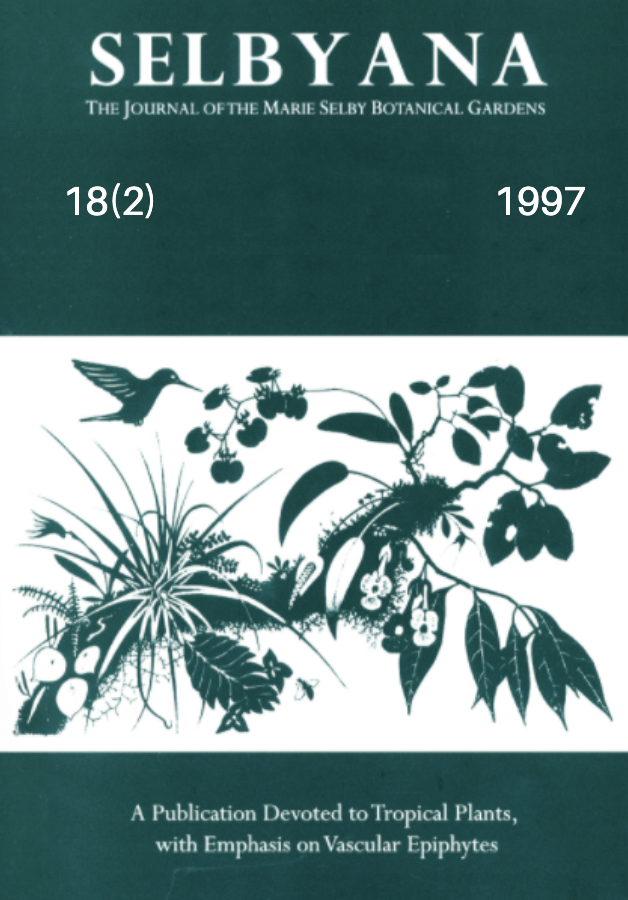Abstract
Terrestrial orchids are generally regarded as one of the most vulnerable groups of higher plants, because they are difficult to grow from seed in the absence of mycorrhizal fungi. In vitro symbiotic seed germination often provides a reliable means to cultivate orchids from seed using naturally-occurring fungi, but its use in North America has been largely ignored. Mycorrhizal fungi should be included in propagation efforts to ensure that orchids persist in the natural setting. This paper summarizes the techniques associated with symbiotic seed germination (fungal isolation, identification and storage; seed collection and storage; seed pre-treatment, seed sowing and incubation; post-germination—in vitro to soil). It is anticipated that terrestrial orchid conservation will benefit from the techniques described herein.
Open Access and Copyright Notice
Selbyana is committed to real and immediate open access for academic work. All of Selbyana's articles and reviews are free to access immediately upon publication. There are no author charges (APCs) prior to publication, and no charges for readers to download articles and reviews for their own scholarly use. To facilitate this, Selbyana depends on the financial backing of the Marie Selby Botanical Gardens, the hard work and dedication of its editorial team and advisory board, and the continuing support of its network of peer reviewers and partner institutions.
Authors are free to choose which open license they would like to use for their work. Our default license is the Creative Commons Attribution-NonCommercial 4.0 (CC BY-NC 4.0). While Selbyana’s articles can be copied by anyone for noncommercial purposes if proper credit is given, all materials are published under an open-access license with authors retaining full and permanent ownership of their work. The author grants Selbyana a perpetual, non-exclusive right to publish the work and to include it in other aggregations and indexes to achieve broader impact and visibility.
Authors are responsible for and required to ascertain that they are in possession of image rights for any and all photographs, illustrations, and figures included in their work or to obtain publication or reproduction rights from the rights holders. Contents of the journal will be registered with the Directory of Open Access Journals and similar repositories. Authors are encouraged to store their work elsewhere, for instance in institutional repositories or personal websites, including commercial sites such as academia.edu, to increase circulation (see The Effects of Open Access).
